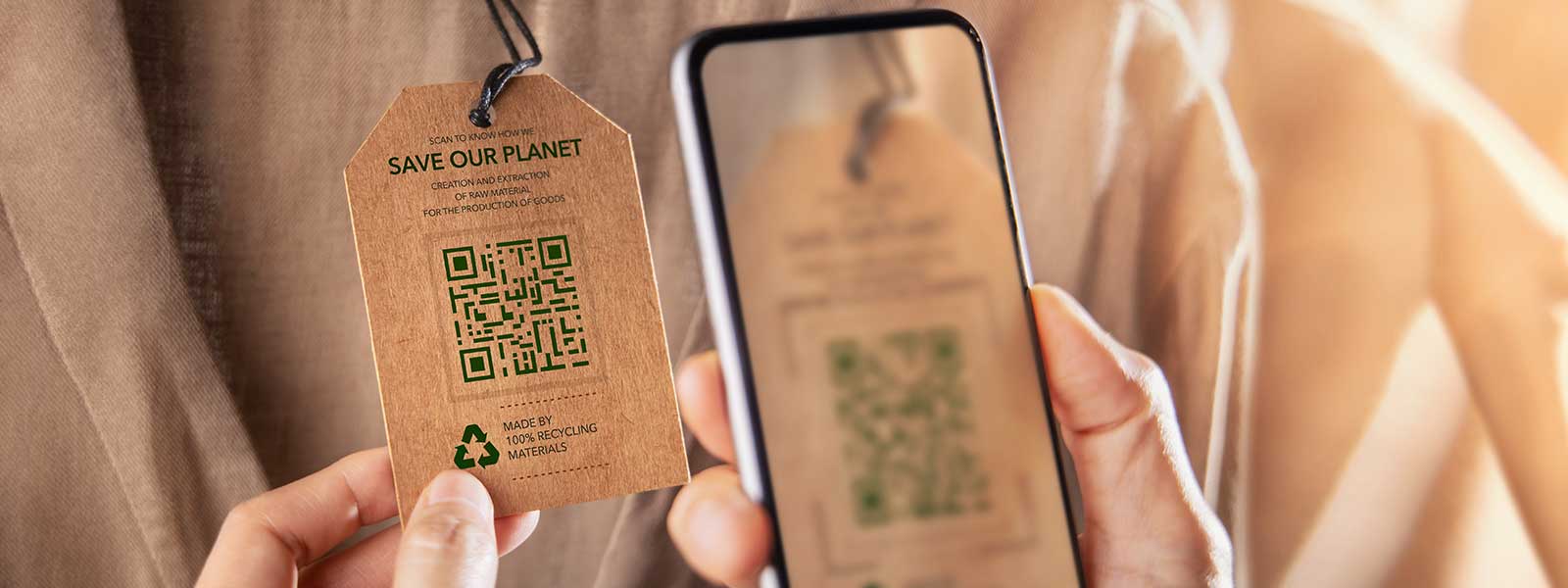Fashioning for the Future
Sustainable, Eco friendly, and Organic are terms we find on every other fashion label and brand advertising online. They, in fact, are mantras today—evolving, through necessity, into a way of being a fashionista of the future.
From eco-friendly fabrics to cruelty-free cosmetics and from vegan leather to sustainable clothing and thrifting, sustainability is the buzz as we race against a very real climate crisis, one we can no longer treat only as rhetoric advocated at summits. Today, preserving the planet is a global call for everyday living, including the clothing and accessory choices we make.
Interestingly, fashion impacts the environment in terms of CO2 emissions; it is also responsible for 35 per cent of plastic microfibers released in oceans, and 20 per cent of industrial water pollution. This is what has brought to fore the need to explore more organic and less harmful sartorial and accessory alternatives that are made of sustainable fabrics, vegan and mushroom leather, and even cosmetic components.
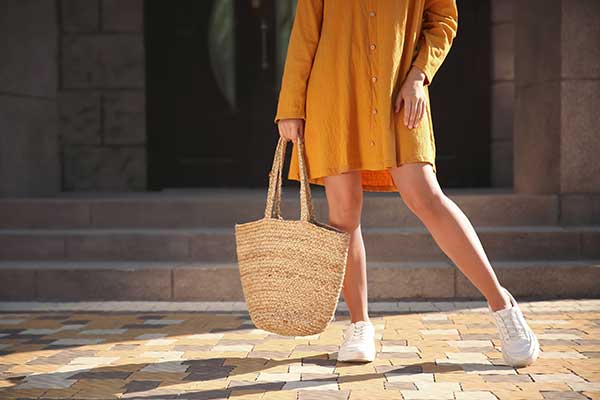
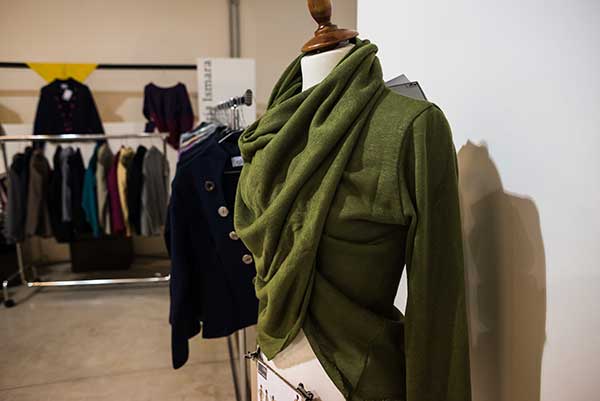
conscious fashion
Sustainable fashion is the use of products that create a carbon-neutral fashion industry. Among dress fabrics, linen, a natural and biodegradable fabric that can be shaped into many uses, from shirts to sarees, tunics, stoles, is what is riding the popularity charts today and what most luxury labels are also working with. Linen Club and Fabindia are top in the mind. Then there is Bharatsthali, which specialises in linen wear, promoting sustainable and ethical practices; Anavila which features exquisite linen saris and dresses or even new-age labels like Doodlage, Eka, Hemant and Nandita, and others which offer fashion-forward and contemporary linen clothing.
Then there is jute, hemp—a durable and versatile fibre that requires minimal water and no pesticides to grow—and tencel made from sustainably sourced and biodegradable wood pulp.
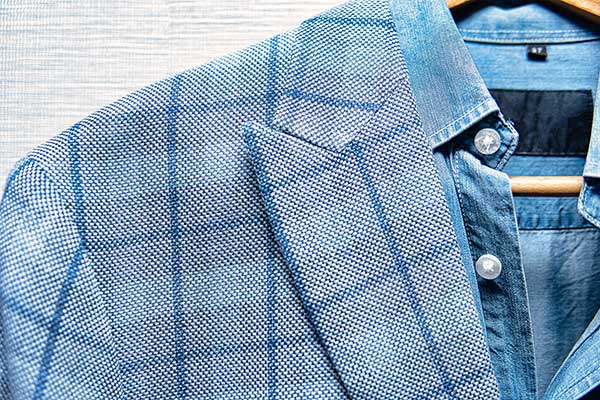


But even as these fabrics make their way into prêt-à-porter fashion, it is organic cotton—grown without the use of synthetic pesticides and fertilisers and enhanced in colour and pattern with natural dyes derived from plants or animals—that continues to rule the roost. No Nasties, Nicobar, Aloha, Okhai and Sui are brands that spring to mind.
Bamboo follows close, its top-notch feel and breathability making it a favourite of the fashion and environment cognoscenti. Among labels that have taken up the sustainability cause via bamboo are Bombay Trooper and Cotton World.
recycled and vegan
High on the list of sustainable fashion choices is upcycled or recycled fashion. Think recycled fabrics like recycled polyester from recycled plastic bottles, packaging, or other waste. Then there are also the pre-loved or pre-used materials or garments that are given a new form as new products—going a long way in reducing landfill waste. Old clothes are repurposed into clothing, bags, hair scrunchies, earrings, and many more.
An important concept that has evolved with the necessity of curbing animal cruelty is vegan fashion—our answer to animal-derived materials such as fur, leather, silk, and wool. It promotes the use of cruelty-free alternatives. So, we now have vegan shoes made of organic materials like rope and jute sandals and even fruit leather products, from the waste of apple, grape, pineapple, and cactus.
In fact some of the world’s top fashion houses are now replacing animal leather with vegan leather for accessories. Totes made of recycled materials or canvas or organic cotton are also a great way to preserve the environment while looking fashionable. Some new-age homegrown Indian brands using vegan leather are Anita Dongre, Malai, Zouk, Immri, Aulive, and Fleather, to name a few.
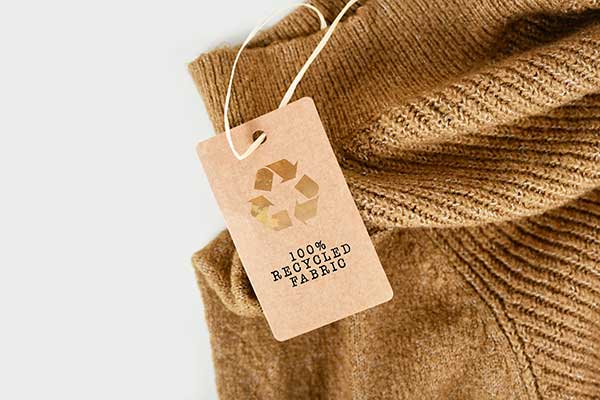
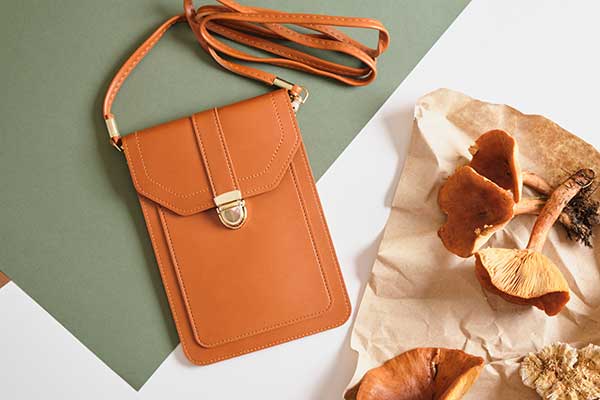
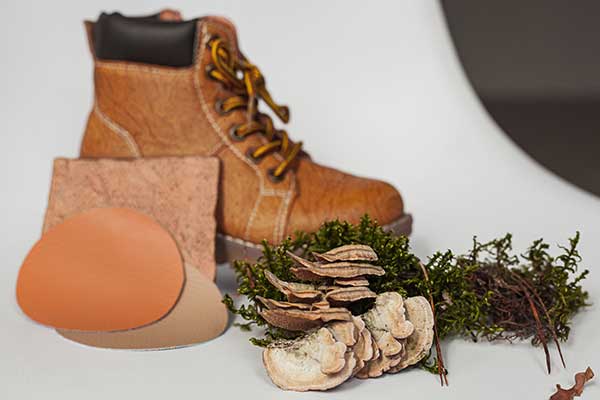
on the skin
Even skincare and hygiene essentials are going green in a big way. Be it packaging or ingredients, skincare enthusiasts have become more conscious of the environmental impact of their go-to products. From bamboo tooth and hair brushes to eco-friendly cosmetics made from formulations less likely to harm the skin in the long run, brands and consumers are getting conscious. Take for instance Forest Essentials, Pahadi Local, Plum, or Ruby’s Organics, whose repertoire range from soothing natural and botanical extracts to nourishing oils of argan and coconut, their zero-waste products harnessing the power of nature to deliver stunning results without compromising on quality.
Today, even eco-friendly jewellery, crafted from environmentally-responsible materials or produced with minimal environmental impact and ethical practices, are a raging trend. Think responsibly sourced gemstones and metals, which have minimum impact on the environment and often come from mines that adhere to strict environment standards. At the 2024 Watches and Wonders, luxury brand Tag Heuer would go on to even launch a new timepiece adorned with lab-grown diamonds.
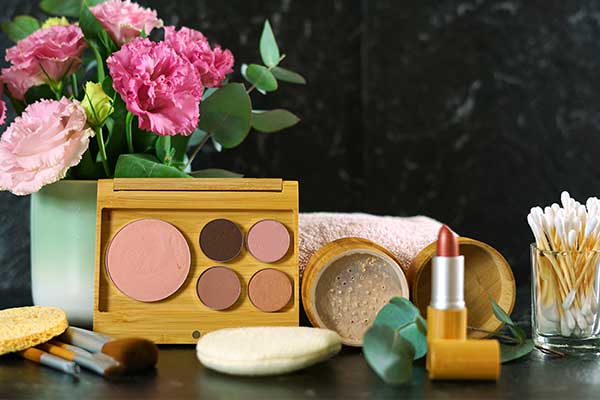
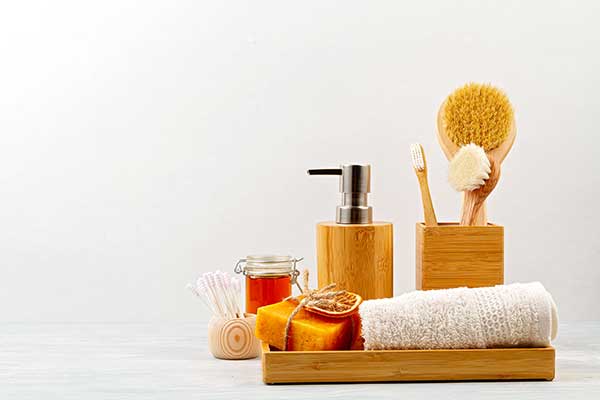
Recycled precious metals and repurposed gemstones are other key components of eco-friendly jewellery since they reduce the need for new resource extraction and minimise waste. Recycled jewellery also makes use of natural fibres and organic material like wooden beads to provide a renewable and biodegradable alternative to conventional materials. Zoya, Brown Living, Ecodarshini, Saguna Baug and others for instance, use natural and recycled materials that are planet friendly; not only do they produce less waste, they also enable greater attention to detail, resulting in high-quality pieces with smaller environmental footprint.
Preserving our planet is doable. The way to go is to encourage the use of eco-friendly materials, support ethical brands, and make conscious choices as consumers. Heuritech, a French startup, for example, is using artificial intelligence to analyse product images from Instagram and Weibo and predict trends. Adidas, Lee, Wrangler and other brands use it to anticipate future demand and plan their production accordingly to reduce waste.

